When is the best time for Tibet trekking?
Trekking can be done in Tibet at any time of the year, even in the depths of winter. However, the time of year for your trek does often dictate where you can trek at that time of year. For example: You will not be able to do the Mount Kailash Kora trek in the depths of winter, in February, as the weather will be too cold in that part of Tibet, and you are likely to be snowed out. However, the winter is the perfect time to take advantage of some of the other treks in the southeast and central regions, such as the treks around Lhasa, including the Ganden to Samye trek.
Mount Kailash is best done in the shoulder months of the year, in spring from April to June and in the autumn from October to November. This is the time when the weather and climate are at their best for this area. Everest Base Camp can actually be trekked throughout the year, though you may not want to try it in February, as this is the coldest month of the year. The most popular times for trekking in Tibet are spring and autumn again, as this is when the weather is best across the whole of Tibet. But even the summer can be good for trekking to EBC, as there is little rain in that area of Shigatse during the monsoon period.
How fit do I need to be to trek in Tibet?
Generally speaking, there are two ways to get to Tibet, namely, entering Tibet from Kathmandu, Tibet and traveling Tibet from Mainland China. Fitness is important on a trek anywhere in the world, and if you are not fit at all, then trekking is not for you. However, in Tibet, the level of fitness you need is a little higher than at sea level. The higher altitude makes it harder to trek over rough ground, so you should be at least physically fit enough to trek at sea level and train a little before attempting most of the treks in Tibet.
What is it like on the 3-day Mount Kailash kora trek?
The trek around the
Mount Kailash kora is actually rated as one of the hardest treks in Tibet, despite only being three days long. The trek takes you over 52 kilometers of rough terrain, around a mountain that lies in an area that is at a very high altitude already. At its highest point, the trek reaches an altitude of well over 5,000 meters, and all of your nightly camping sites are at very high altitudes of above 4,000 meters. This is not a trek for the faint-hearted or the absolute beginner.
How to avoid altitude sickness while trekking in Tibet?
Acclimatization is the key to high-altitude trekking. No matter how fit you think you are, everyone is the same when it comes to altitude sickness, and your extreme fitness will not keep you from getting it. Acclimatization in Lhasa before you start trekking is essential, especially if you have come straight to Tibet by flight or train. Spend a few days to get used to the higher altitude, and do not trek until you are completely acclimatized.
During the trek, monitor your vitals often, and keep an eye on the basic functions, watching out for the symptoms of altitude sickness, such as headaches, dehydration, nausea, drowsiness, etc. Remaining well-hydrated can help to prevent altitude sickness a little, and if you feel any symptoms, stop and rest to help get over it.
The most recommended Tibet short trekking routes?
Lhasa, the capital of Tibet, has some great small and short treks that you can take at almost any time of year. The
5-day Lhasa Outskirts Trek gives you the chance to explore some of the more off-the-beaten-track monasteries around the capital, while the
9-day Tsurphu to Yangpachen Trek is a great way to see more of the Tibetan countryside around Lhasa, and a visit to the famous hot springs. For a trek further afield from Lhasa, try the
9-day Ganden Samye tour that has a great four-day trek from Ganden Monastery to Samye Monastery, or take a wild three-day trek around the most sacred mountain in the world at Mount Kailash.
What to do and see while trekking?
Here are several recommended trekking routes in Tibet which offer you breathtaking views and unforgettable experiences. Most importantly, the routes are accessible to all levels of skills and experience.Gandan to Samye trek is the best long trek, which costs you 4 to 5 days. You will traverse two passes over 5000m that are Shuga-La pass and Chitu-La pass. You can see holy lakes, beautiful alpine landscapes, nomads’camps, sacred sites, as well as two of Tibet’s greatest centres of religious culture-Gandan monastery and Samye monastery.
The best short trek is
Shalu to Nartang trek with 2 to 3 days. This trek follows the ancient trade route between two great Buddhist monasteries and you can feel the caravans laden with scriptures and treasures that once passed this way. The route passes through several villages as well as uninhabited dry canyons, while the trails are easily accessible from Shigatse.
Mount Kailash trek is one of the most demanding and challenging treks for pilgrims in the world, which is widely known as the kora around Asia’s holiest mountain-Mt. Kailash. This trek admirably integrates the spiritual, cultural and physical dimensions of a trip in Tibet. You can see some gorgeous mountain scenery along the way and meet some pilgrims from Tibet and other countries.
Tsurphu to Yangpachen trek begins at Tsurphu Monastery and crosses several high valleys before coming into the broad and windswept Yanpachen valley. It combines alpine tundra, monasteries, hot springs, lots of nomads, and remote nunnery. This trek perfectly balances cultural and wilderness activities. It’s an excellent choice if you want to get a close look at the lifestyle of the herders.
Nyenchen Tanglha Traverse trek is incredible for you to see ecological diversity of northern Tibet. The route leaves Damxung Valley and wends its way through a rocky alley, and a number of stream crossings aside you. You will pass through gorges, alpine meadows and forested slopes. Fantastic views of sparkling Nam-tso and Tashi Do can be visible from many vantage points on the trail. Some colorful nomad camps dot the way as well.
Everest base camp to Tingri trek provides a complex mix of solitude, wildlife sighting and physical challenge. It is an excellent alpine trekking in the shadow of the legendary Mt. Everest. On the way to Everest Base Camp, you will have enough time to explore the valleys and glaciers below the massive north-face of Mt. Everest and view the most magnificent scenery on the world's highest mountain. You can also see much wild wildlife in the valleys and pasture along the way.
What to eat and where to stay during the trek?
Accommodation in Tibet when trekking largely depends on where you are trekking. Some of the treks have accommodation available at the various monasteries that lie close to the trekking area, such as those around the Kailash Kora Trek. Others will require you to camp in tents, as there is no accommodation nearby. The guesthouses that you can find in the trekking areas are often very basic and have little in the way of amenities, such as no hot water, outside toilets, no showers, etc. tents can be even more basic, and you will need to be prepared to rough it during the trek.
Food depends on whether you like Tibetan dishes or not, and whether you are staying at guesthouses or camping. Some of the guesthouses provide basic nutritious Tibetan meals, though nothing like western or Chinese dishes. If you are not into local cuisine, you can bring food with you when trekking, such as packet meals, pot noodles, etc, so that you have plenty of decent food to keep you going. Snacks for high energy boosts are ideal, as they can give you a quick boost of energy when you need it most. Pack things like chocolate, dried fruit and nuts, trail mix, cookies and biscuits, and any other high energy snacks that you know of.
What to pack for trekking in Tibet?
Packing depends on your time of year and the trek you are attempting. However, the basics should always be included, such as layers of clothing to regulate your body temperature, good strong hiking boots, warm woolen socks, shower-proof hiking pants, gloves, hat, sunglasses, and sun cream. You can add hiking poles if you think you may need them on rough ground and up hills, and it is essential to have a day pack, which can be carried instead of your main pack for water and things, while your main pack travels in the support vehicle.






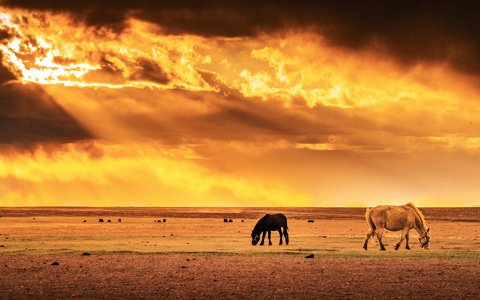
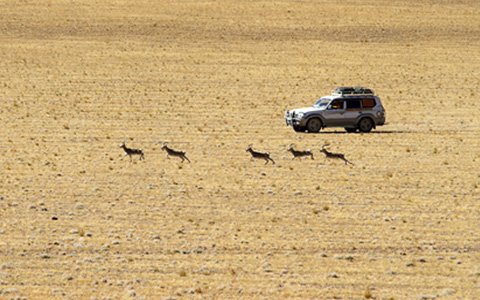

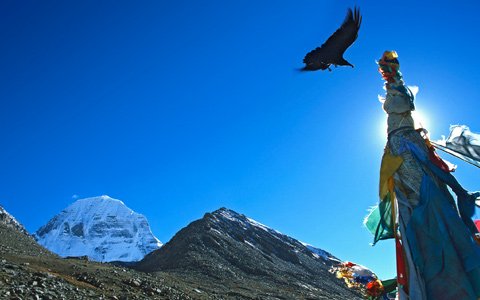



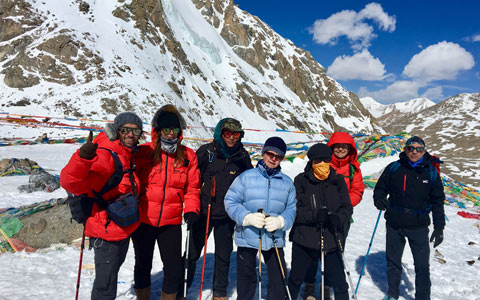
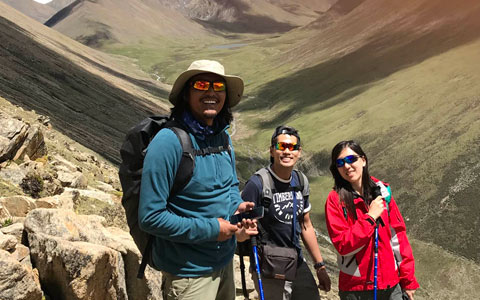

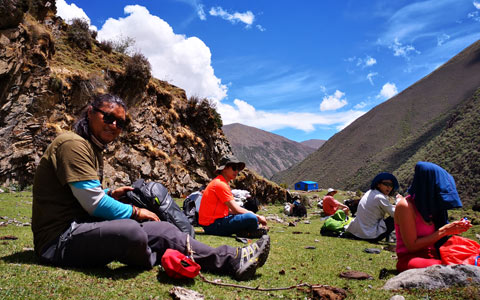
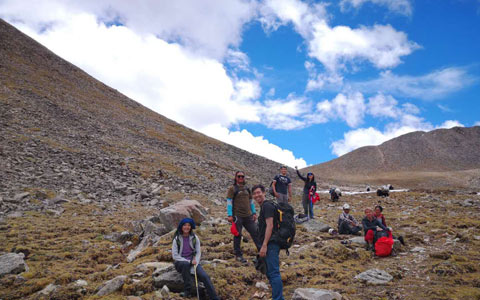
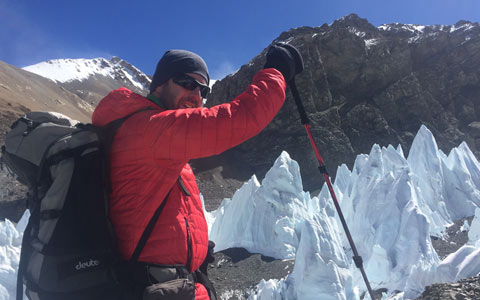
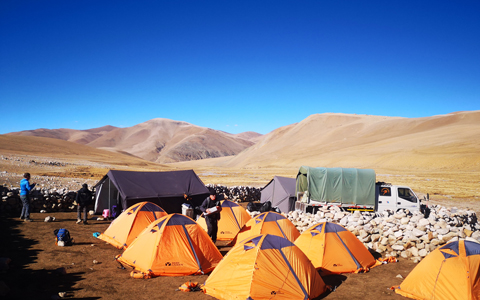

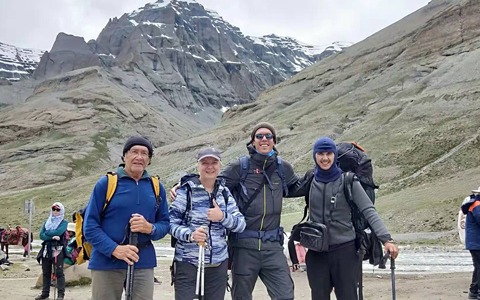
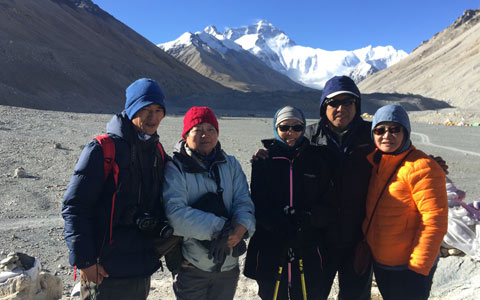
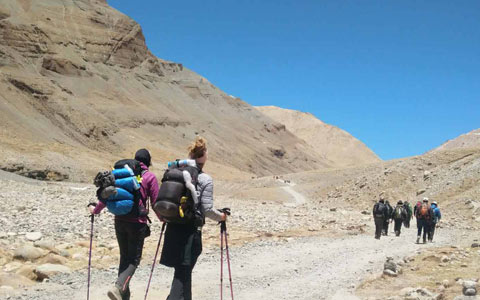
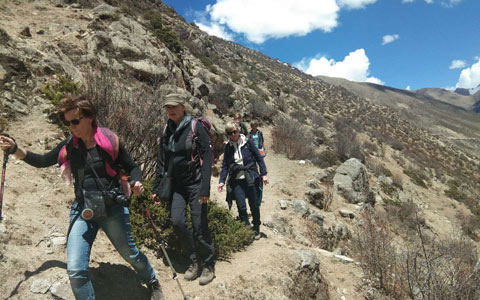
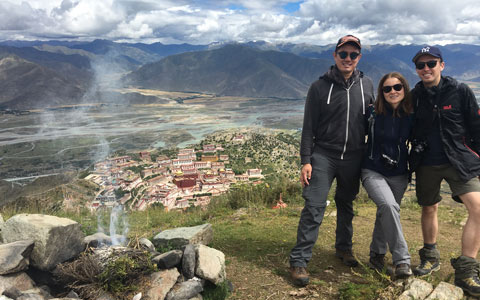



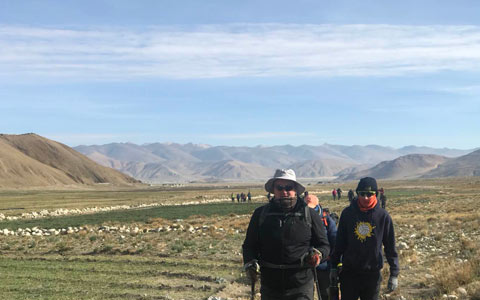
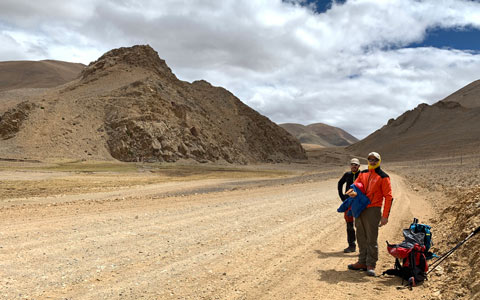
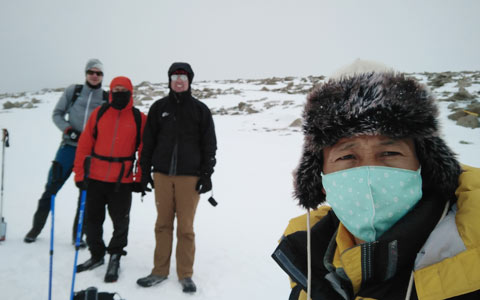
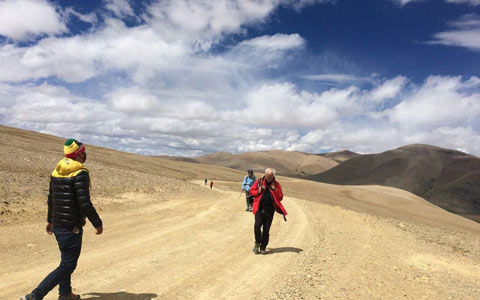
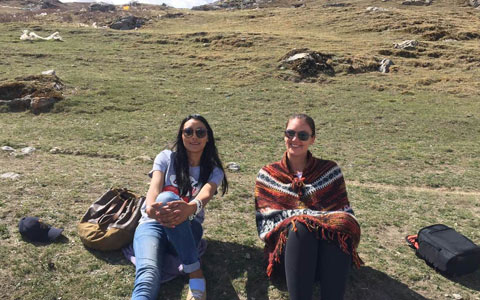
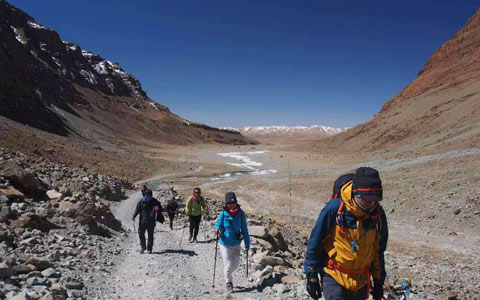
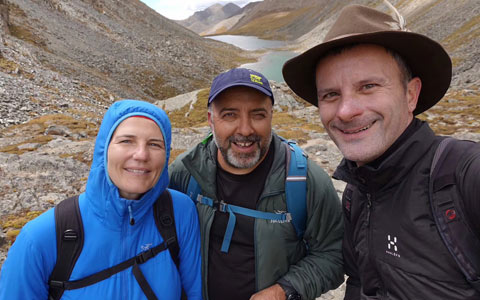
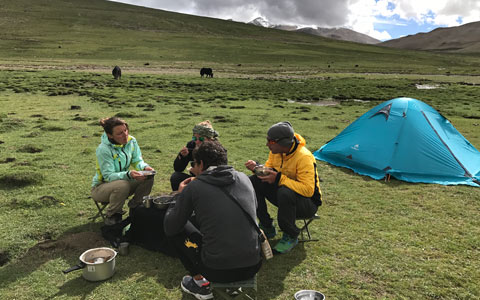


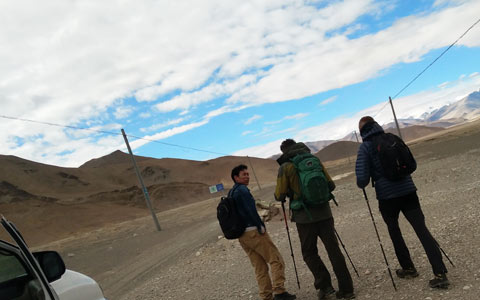
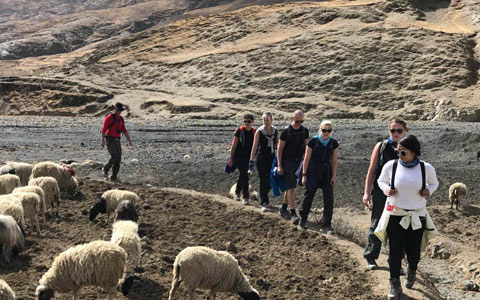






0 Comment ON "Tibet Trekking Tour"